Love Is It
At age three our first-born asked one of life’s truly profound questions: “Mom, what’s love got to do with it?”
Okay, so it wasn’t an original question – she was quoting Tina Turner whose version of the Terry Britten/Graham Lyle song was a number one hit in 1984. [Note: Your kids are listening! We more or less turned off pop radio for the balance of the 1980s!] The song is a lament for romantic love’s overwhelming power and a lover’s struggle between self-protection from/or abandonment to it. That notwithstanding, the question raised is profound no matter one’s age.
Valentine’s Day’s popularity highlights our fascination with this question. On average, 68% of U.S. consumers celebrate it by spending $18.2 billion, exchanging 145 million cards, giving 224 million roses, as well as gifting chocolates, jewelry, and other material expressions of appreciation . . . and conceive an average of 11,500 children on the day! (Do the math you mid-November birthdays.) All of this testifies to our compulsion for experiencing love in spite of its inherent dangers.
What drives our compulsion is the real answer to my daughter’s innocent question, “What’s love got to do with it?”
Everything!
Love has everything to do with life, but not the ephemeral often mercurial and danger-fraught passion of romantic love often celebrated at Valentine’s Day. We long for more . . . something deeper, lasting and real. We are compelled to spend and give because internally we know that life without real love is hell.
Valentine’s Day is driven by our need for real love: the inherent, untaught craving all of us have to know that someone is for us in spite of everything about and within us that renders us unlovable. February 14th surfaces this desire, but fails to meet it.
Valentine’s Day’s promise of real love never materializes because we all desperately need it and none of us has it to give! This is not to say that we are incapable of doing loving things. But we must admit that even our best attempts at love are imperfect and temporary at best. Anyone in a close personal relationship – parent, child, spouse, sibling, soul mate – knows the truth of another famous song lyric: “You always hurt the one you love.”[1]
Real love is found in one source alone – the One who invented it, defines it and is it.
When the Scriptures say, “I have loved you with an everlasting love . . .” and “God is love,”[2] they point us to real love’s singular source – our Creator – the God of Abraham, Isaac and Jacob. Perhaps we instinctively look to each other for love on Valentine’s Day because as bearers of God’s image, real love should be present. But . . . it is not, because our first ancestors rejected God’s love and we now bear the image of their diminished, incomplete love.
Yet, because God is love, He continues reaching out, pursuing us, inviting us to rediscover His love – real love.
Whether you struggle believing God’s love for you (because you see yourself for who you are) or struggle believing you need God’s love (because you are blind to who you are), the proof of God’s love and your need is rooted in history. “For God so loved the world [our broken, God-rejecting, unloving world] that He gave His one and only Son, that whoever believes in Him shall not perish but have eternal life.”[3]
In Messiah, God proves His love and provides for our need. By putting your trust in Messiah and the gift of forgiveness He offers, you can finally stop wondering, “What’s love got to do with it?” and start worshipping the God whose love is everything!
We have come to know and have believed the love which God has for us. God is love, and the one who abides in love abides in God, and God abides in him.[4]
Written by Dan Strull, LIFE Board Chair
Footnotes:
[1] ”You Always Hurt the One You Love” was written by Allan Roberts and composed by Doris Fisher.
[2] Jeremiah 31:1 and 1 John 4:8 point us to the only source of love that lasts.
[3] The same follower, John, who was quoted above in the 1 John reference also wrote an account of Messiah’s life that we know as The Good News According to John. This is a quote from chapter 3, verse 16. Yes, this is the same John 3:16 you have seen on signs held by fans in the end zones of professional football stadiums around the United States.
[4] 1 John 4:16.

